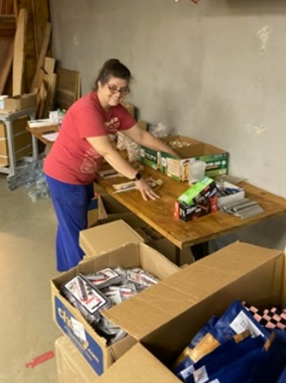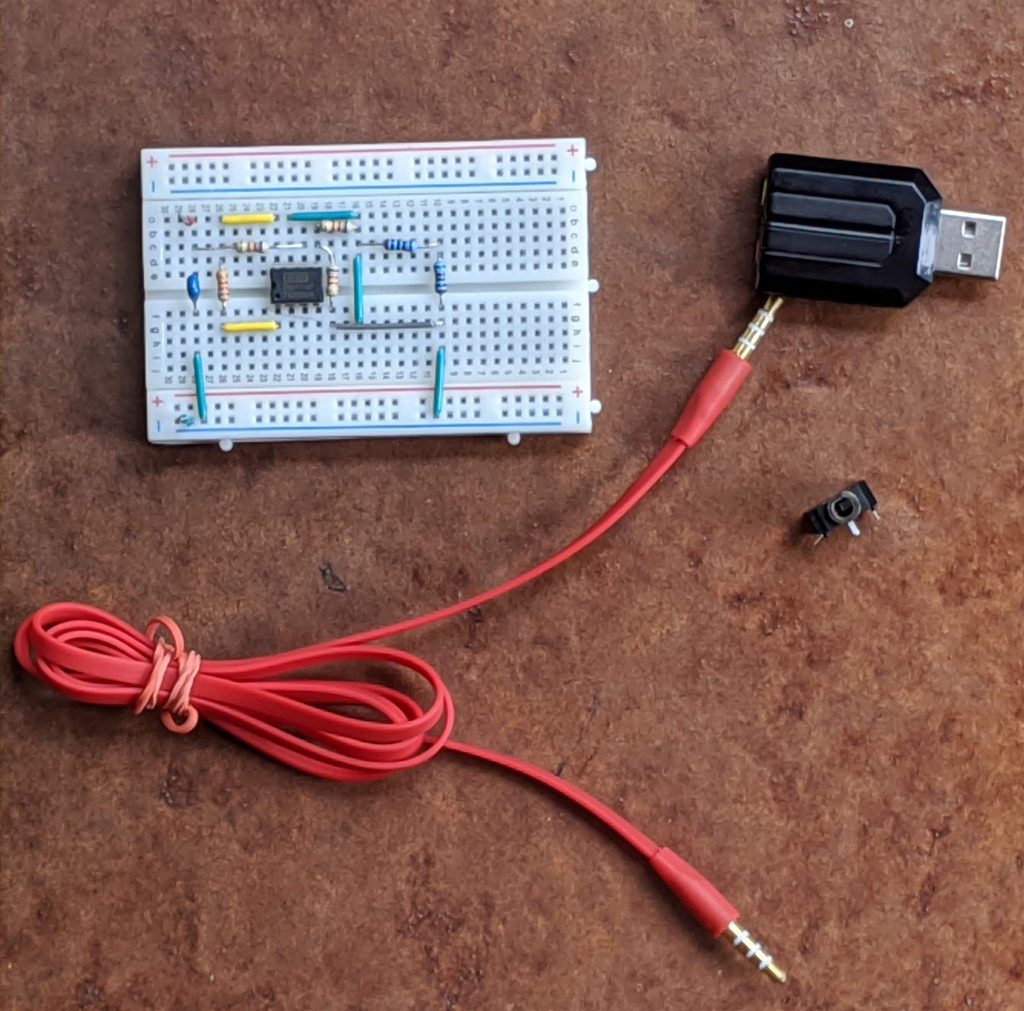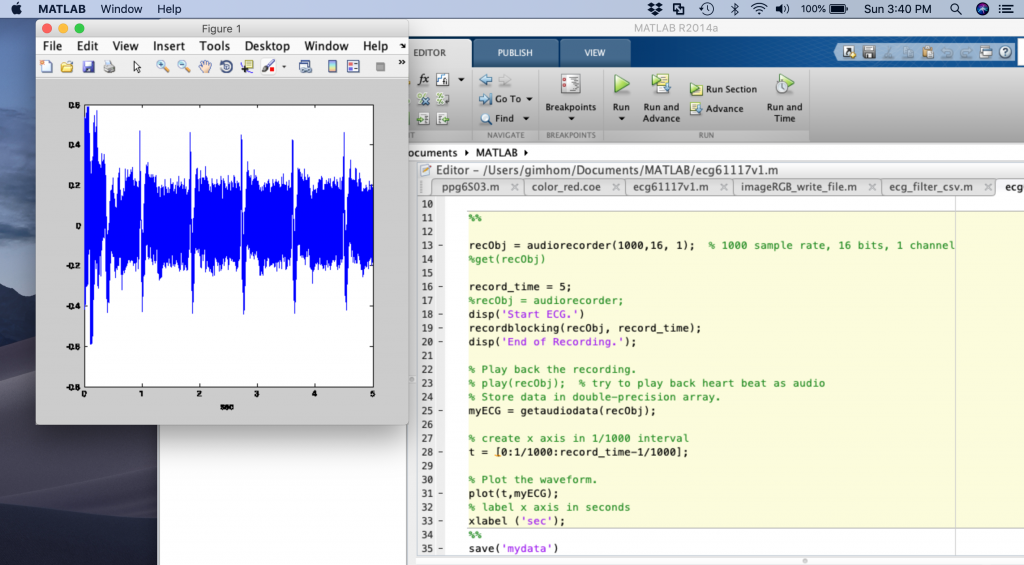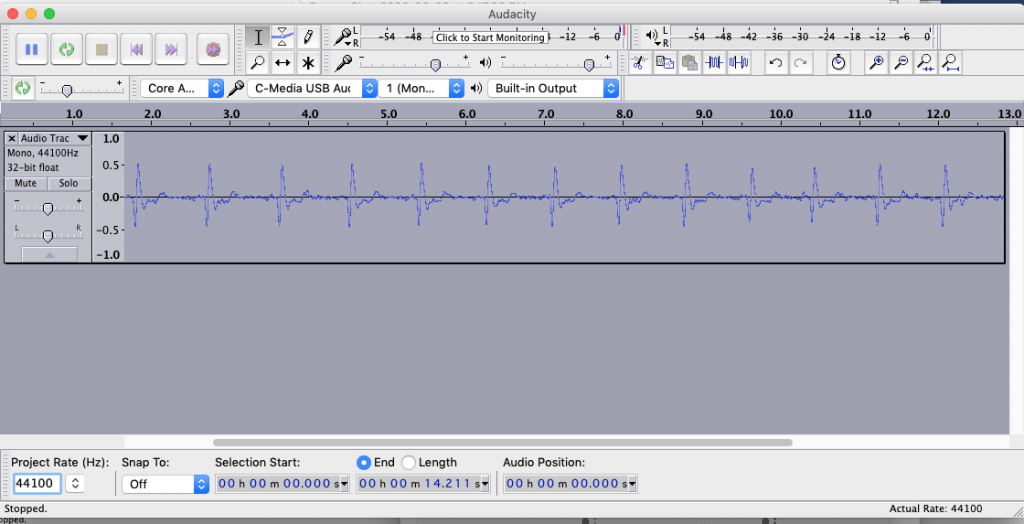2020 Course Announcement
Table of Contents
Overview
Yes, we will be running 2.75 in the fall!
All lectures will be done via zoom and students can enter their questions via chat. Lecture topics and times will be finalized soon, but the design and details of emergency ventilators developed by the course instructors will figure prominently as examples! This is in addition to our usual content focused on hardware design and medical device industry specific information.
For the hands-on projects, we are selecting projects that allow us to accommodate both in-person and online learning. These include projects related to our instructors’ research so their lab groups can help mentor and thus ensure robustness, especially in the event that MIT were to close, due to a spike in COVID-19 cases. Below are brief descriptions:
a) Team-based term project
b) Individual labs to help hone mens et manus skills and reinforce the lecture materials
c) Term-long 2.75 community-building project.
We understand that situation at MIT and in the Commonwealth of Massachusetts is fluid and each student has their own particular circumstances. We will endeavor to be as flexible as possible, while delivering the best educational experience we can during these challenging times.
Pre-Registration & Registration
You must pre-register, so that we can access you to the Canvas system, collect important information and prepare lab kits. Unfortunately, with the current COVID-19 situation, there is no way to just show up on the first day.
If you cannot pre-register, please e-mail our course admin Irina Gaziyeva , to be manually added to the list, so you don’t miss the first day of class.
If you are unsure, please e-mail the instructors and we can help you decide of this course is a good fit for you.
We are preparing @home lab kits and the mechanical engineering department will coordinate to have these available for pickup / ship these to you. Correct registration is essential.
We will also survey pre-registered/registered students to better understand your residence & learning conditions.
Lectures
Monday & Wednesday 1 – 2:30 via Zoom
Lectures and material will be managed with Canvas
All instructors will be regularly available for Zoom meetings and a subset will be available in person, as per MIT guidance.
The 2020 Syllabus is currently being updated.
Term Projects
Some students know they want a career in medicine or medical devices and see 2.75 as a great way to learn about medical treatment needs and devices. These students may also want a good introduction to a research group that specializes in medical device research; hence they may want to select from several potential projects offered by 2.75 instructors. MD / Profs. Ellen Roche and Giovanni Traverso, each have provided three potential projects for students to choose from (first and second choice), along with those provided by Prof. Slocum and Dr. Hanumara. The projects offered will be mentored by those offering them, as well as members of their research groups in order to ensure robustness and the ability to complete the hardware “remotely” if needed.
More details on the projects will be posted to the secured Canvas site and students will indicate their project preferences after the first day of class.
Project teams will be 4 students each, to permit students to meet in person, but spread out, if feasible. Each team will have a weekly, one-hour meeting with their project’s mentors. We will support in-person meeting, in accordance with MIT’s guidance, and welcome those students who are remote and join by Zoom.
Project summaries are below, more details will post to the protected course site so students can rate their projects preferences in a well-informed manner. We recommend that students select projects where they will be able to contribute the most with their skills.
Prof. Roche
Medical device to prevent premature birth
Background: Each year over 15 million children are born prematurely resulting in the death of a newborn every 30 seconds. This makes preterm birth the number one cause of death for children under the age of five.
Challenge: This project will focus on a deployable device to stabilize the cervix to avoid premature birth. The team will develop a tool and model and test it.
Cardiac patch delivery tool
Background: After someone survives a heart attack, the damaged heart muscle loses its ability to contract resulting in mechanical disadvantages, adverse remodeling, and ultimately progression to heart failure.
Challenge: Based off work developing cardiac reinforcement, this project will develop a minimally invasive system to deploy patches against the beating heart.
Vesicovaginal fistula occluder
Background: Vesicovaginal fistula (VVF), the most common obstetric fistula, is an abnormal connection between the bladder and vagina, estimated to affect over three million women globally. VVF occurs primarily in women in developing countries who experience obstructed labor without access to adequate obstetric care.
Challenge: As an alternative to surgical intervention, this project will develop a tool for minimally invasive vesicovaginal fistula repair and demonstrate its function on an anatomical model of VVF.
Determination of Human Lung Volumes
Background: Lung volume is an important determinant of lung function and normal gas exchange. Detecting low lung volumes in hospitalized patients can be challenging and is primarily accomplished by noting elevated respiratory rate and low oximetry. However, a classic clinical observation using a stethoscope is the presence of “opening sounds.”
Challenge: The goal of this project would be to develop as system to non-invasively capture and interpret this acoustic signal, as a means to identify patients with decreased lung volumes earlier in the clinical course, preserving the opportunity for therapeutic interventions.
With: Dr. Steve Mentzer (Brigham)
Note: This project is signals processing heavy and could be done by a remote team, with students capturing and processing their own respiratory sounds.
Prof. Traverso
Gas retention during colonoscopy
Background: Approximately 20 million colonoscopies are performed annually in the US for early detection and colon cancer, evaluation and management of abdominal pain and bleeding. One key element to effectively visualize the colon involves insufflation of the colon with gas.
Challenge: Ensuring this remains in the colon and doesn’t leak during the procedure is a key challenge in ensuring an effective evaluation of the colon.
Scalp cooling system for chemo-induced hair loss
Background: Hair loss is a transient and usually (although not always) reversible consequence of systemic cancer therapy that can be psychologically and socially devastating. Scalp coolant devices have been developed to prevent the onset of chemotherapy-induced hair loss.
Challenge: Systems which can provide rapid and effective cooling in infusion centers remains a challenge.
Improving sterility and connectivity for home peritoneal dialysis
Background: End-stage renal disease (ESRD) afflicts greater than 700,000 people per year. Peritoneal dialysis (PD) is a form of kidney replacement therapy (i.e. dialysis) that is performed at home for patients with ESRD.
Challenge: Ensuring PD systems remain sterile is essential and systems that help maximize sterility are urgently needed.
Dr. Hanumara
Ward-level oxygen generation for emerging markets
Background: The ability to provide respiratory therapy globally is limited by the availability of medical grade oxygen, typically provided in tanks. COVID-19 has led to a significant global focus on ventilators however, without oxygen, they have limited utility.
Challenge: This project will design an intermediate-scale, modular, oxygen generation system that is suitable for supplying multiple patients on a ward.
With: Dr. Ryan Carroll MD (MGH) and Dr. Johnes Obungoloch (Mbarara University, Uganda).
Prevention of facial pressure injuries in prone positioning
Background: Proning improves the outcomes of patients who are sedated and ventilated to treat severe respiratory conditions. However, this position requires care to not obstruct the endotracheal and nasogastric tubes and avoid the formation of pressure ulcers, especially on the face. These may occur at rates as high as ~72% in COVID-19 ICU patients.
Challenge: This project will focus on designing a device to improve head and upper torso positioning to reduce risk and facilitate patient access.
With: Dr. Jonathan Parks MD (MGH & Course 6 alum), Dr. Galit Frydman (MIT/MGH)
Easy on and off compression socks for decongestive therapy
Background: Current compression sock technology for lymphedema treatment and prevention is very difficult to self- apply. Securing mechanisms (Velcro, zippers) risk traumatizing already compromised soft tissue, which is common with diabetes and neuropathy.
Challenge: Develop a design that enables a patient to self-apply compression socks and adjust the compression. The solution should be breathable, reusable and safe.
With: Dr. Franklin D. Shuler MD, PhD, Orthopaedic Trauma, Marshall University
Prof. Slocum & Dr. Connor
Developing an improved breathing mask in the COVID-19 Pandemic
Background: Arguably the current gold standard of face masks in a medical setting is the N95 mask. It is uncomfortable to wear, increases the work of breathing, causes skin irritation, and offers no eye protection.
Challenge: Develop a face shield type mask that is more comfortable and uses a belt or shoulder mounted battery-powered unit that can pump filtered air into the mask. It should cover the mouth, nose, and eyes.
Decontaminating exhaled breaths from COVID-19 infected patients
Background: In the first wave of the COVID-19 epidemic, the sickest patients were intubated and placed on a ventilator to maintain oxygen levels. In this closed loop inspired and expired air the virus particles could be filtered, but mortality rates were high. Physicians realized that other noninvasive means of respiratory support led to better results, however, in these methods the patient typically exhales directly into the hospital room. The problem is how to prevent the exhaled air from contaminating medical personnel.
Challenge: We know the virus can be killed by heat, bleach, UV light or electricity. This project will focus on designing a device to capture and filter the exhaled virus-contaminated air from patients.
With: Dr. Jim English (Boston Medical)
Individual Lab Projects: Mind, Hand & Heart
These serve as the lab component of the course and can be completed at home or at school.
Mechanical Engineering

Each student will be provided with a mechanical and electrical gizmo kit (mailed to all pre-registered students) that enables them to make from pre-cut wood pieces (they need to mark and assemble) kinematic couplings, linear motion slides etc. And do experiments on them including accuracy, repeatability (laser pointer included!), and stiffness. For example, the effect of an elastic foundation (using sponges as springs—sponges are included!), adhesive strength test (adhesive included!)…. The only requirement is access to a drill, and students should have their calipers from 2.007 for making precise measurements.
Even though the activities enabled by the versatile kit are designed to be done by individuals, students can post their measurement results to a Googledocs spreadsheet such that statistics on a large number of parts can be assessed, e.g. to determine how accurate are the parts made by Prof. Slocum?
The devices made allow for individual artistic talent to come alive too, as there are no constraints on the sorts of decorations students might want to create for the kinematic couplings and linear motion slides they will be building. 🙂 This is an important part of design, it not only has to be mechanical great, it needs to look great too!

Debie Slocum 
Packing Boxes
Here is the mechanical kit (and photos of it being packed in the Slocum’s basement, that’s his Galactic Commander, Debie Slocum (MIT EECS SM ’89), who helped design the kit).
Electrical Engineering
Sensing is core to many medical devices and, arguably, the heart beating is one of the most basic biosignals to measure.
The EE portion of the kit will provide a breadboard, an IC, resistors, capacitors, wires, ECG pads, an audio cable and a USB adaptor. Students will earn how to implement an amplifier and an analog low pass filter and will build the circuit. The signal will be collected as an audio signal using the free, open source Audacity software and filtered and interpreted in MATLAB.
Students will be encouraged to capture their own heart rate under a range of conditions, e.g. at rest, post doing jumping jacks, after briefly holding their breath. Friends and family members can also be recruited. The provided MATLAB script is a start; it can be tweaked and adapted.
We will also provide an electronics starter kit with LEDs, a buzzer, switches, an Audrino and other bits and pieces. These are not required for the lab, but are provided to encourage independent learning and fun! Some of these pieces may find a way into your projects too …

ECG Kit 
Audacity 
Matlab 
Plotted ECG
Community-building project: Why Knot?
Being able to visualize what you want to do is an important skill in many disciplines, but especially critical for people who design products. Imagine yourself as teacher that wants to design a hands-on visualization skills activity that can be done by students remotely (such as those isolated due to COVID) or on campus which also lets students share their experiences with each other… Using the FRDPARRC design process taught/used in the class, think about the design….
- Functional Requirements
- Design Parameters
- Analysis
- References
- Risks
- Countermeasures
As part of the kit, we provide each student with a One Over Sadness Equals Happiness (OOSEH) water bottle with the OOSEH image on one side and an image of the FRDPARRC process on the other. What does the squirrel signify? 🙂 A first project is to macramé a cover for it: students get ONE color string, and two pre-paid mailers to enable them to TRADE colors with other students… Can you measure how much longer things stay cold as a function of knot density… How nifty and artistic can your cover be?… Can the class have a macramé fashion show at the end?